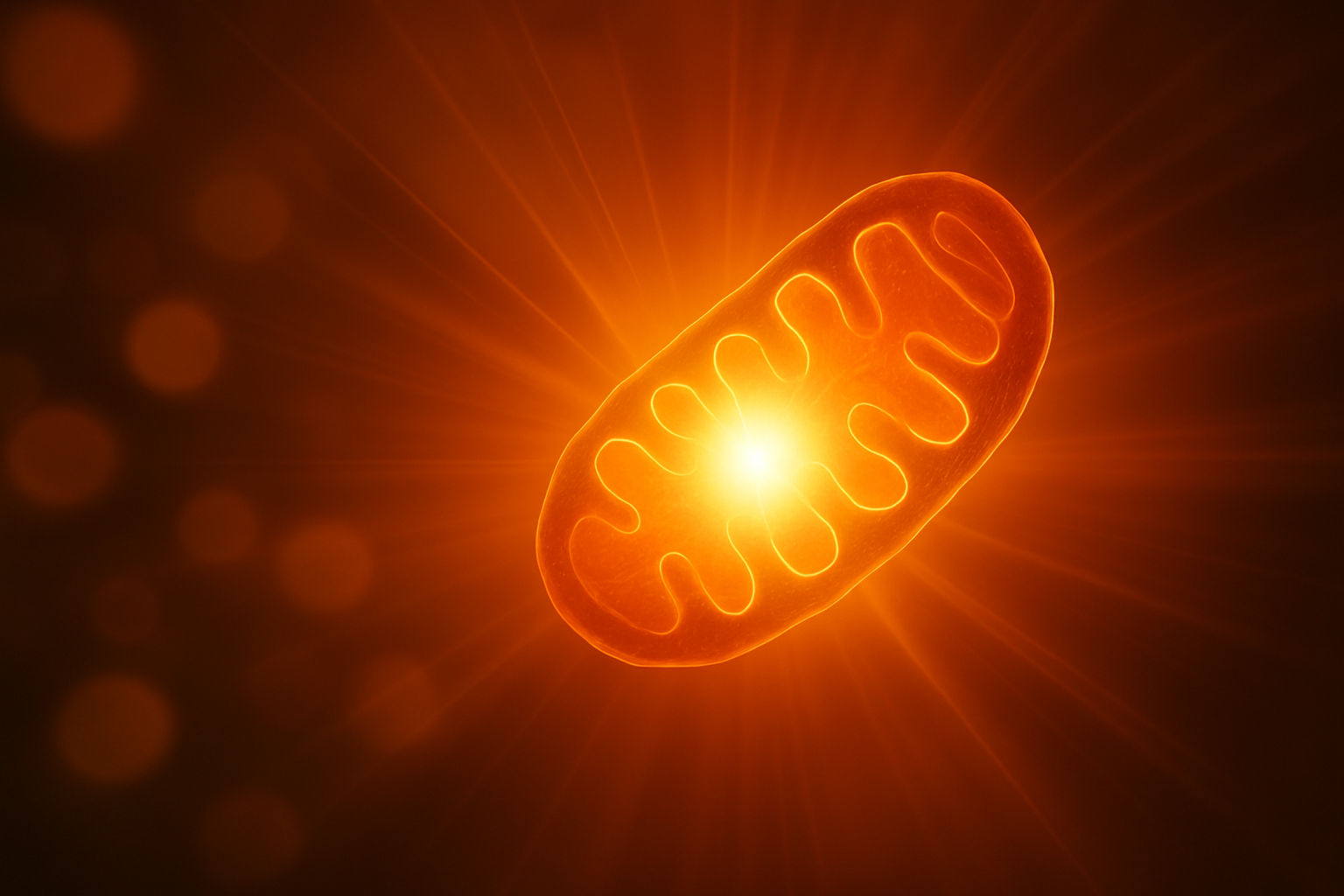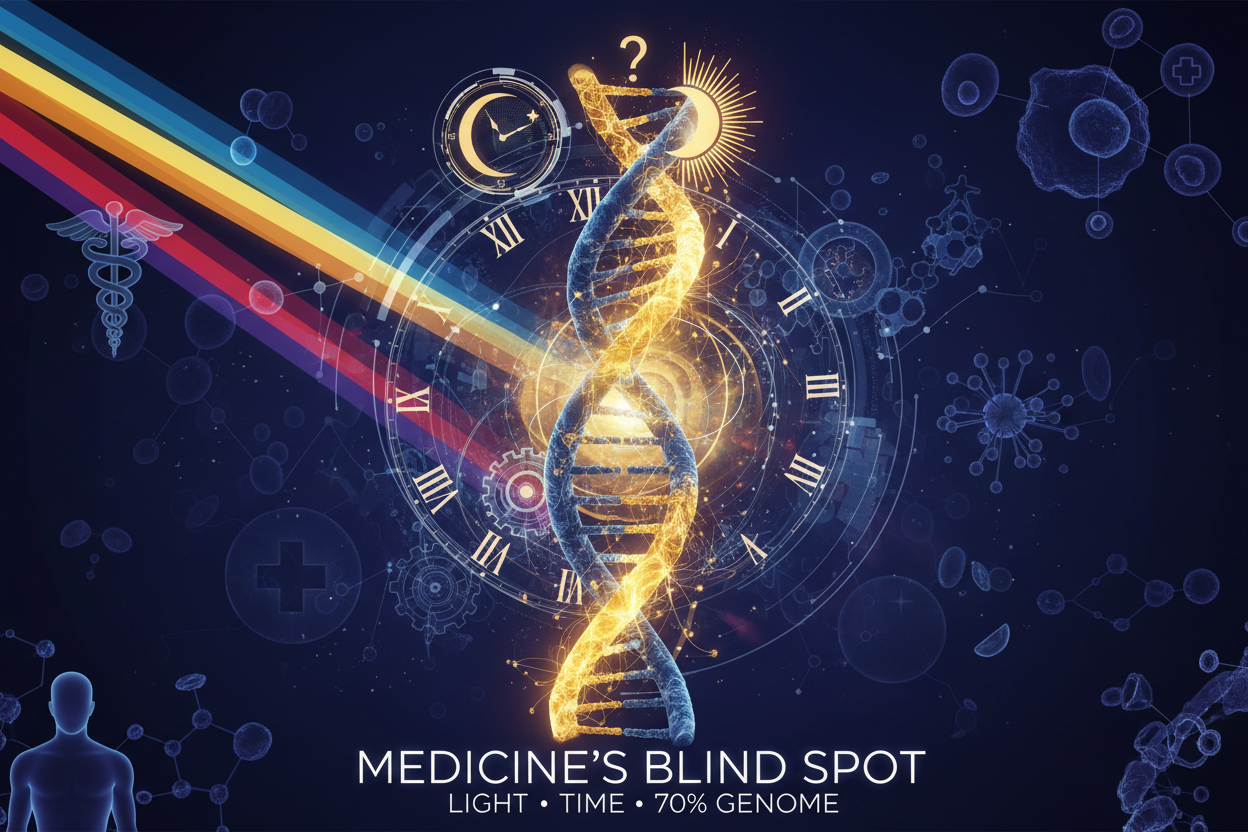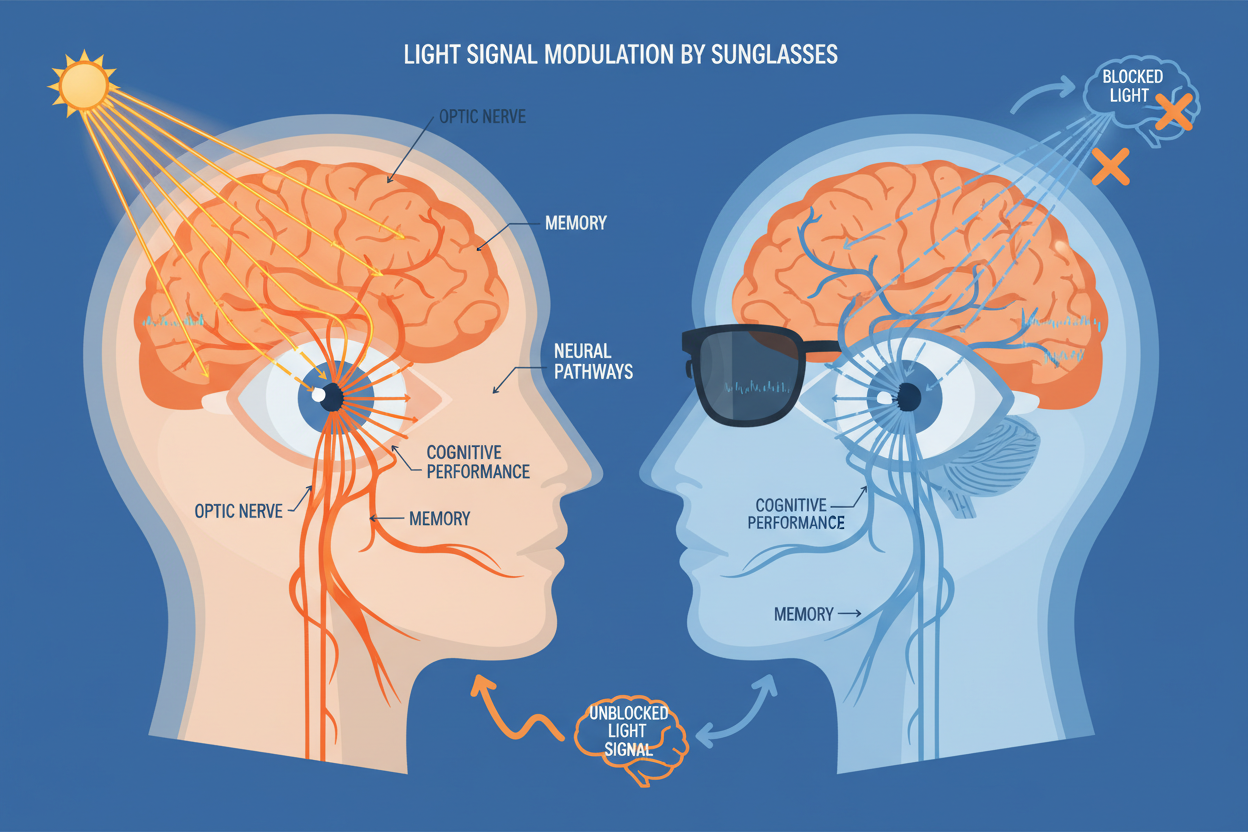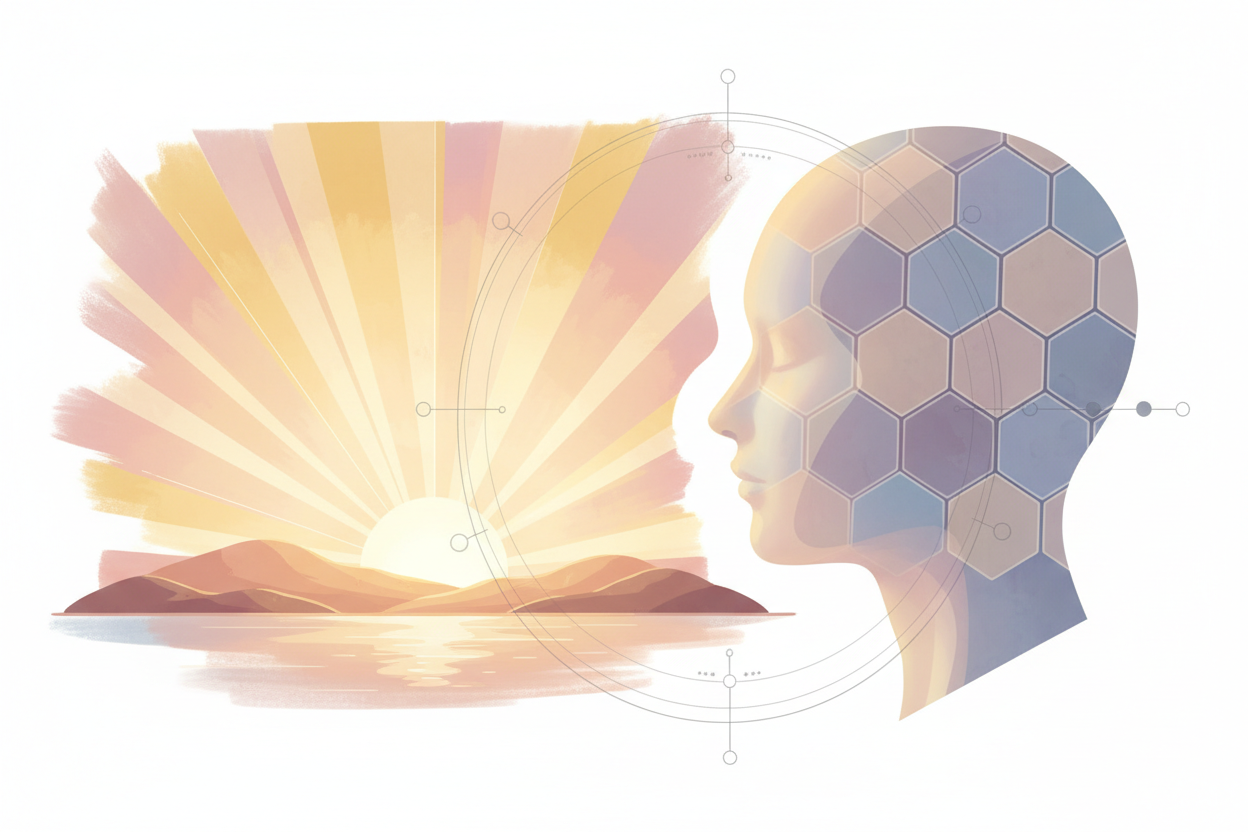
Mitochondria: The Light-Driven Basis of Life
Mitochondria, the small power plants inside our cells, are not just passive sources of ATP. They are sophisticated biological systems that have evolved in connection with light over billions of years. Light, at various wavelengths, does not function only as an external energy source – it is also an informational signal that tells mitochondria how to behave. This insight completely changes our view of what mitochondria do and how they affect the entire body.
Cytochromes: Light Mediators of Mitochondria
Each of the five main cytochromes that make up the mitochondrial respiratory chain contains heme – a light-sensitive molecule. These cytochromes are not just "pipes" through which electrons travel. They respond to specific light wavelengths while performing key biological functions:
• Cytochrome 1 (NADH dehydrogenase): Absorbs UV light (340 nm), which suggests that UV radiation also has a biological role in our energy metabolism.
• Cytochrome 2 (succinate dehydrogenase): Absorbs blue light and emits red light. This light transfer reflects an important balance between oxidative and reductive processes inside the mitochondria.
• Cytochrome c oxidase (complex IV): Absorbs red light and converts oxygen into deuterium-depleted water (H2O), thereby keeping mitochondria hydrated and functional.
This light transmission is not random. It is the result of billions of years of evolution, during which mitochondria have been adapted to respond to environmental signals, especially light. This mechanism ensures that mitochondria are not just energy sources but also "light-controlled regulatory units" capable of adjusting energy production to the needs of the cell.
Modern environment: Disruption of light balance
The body was once in harmony with the light environment. Natural day and night cycles ensured that mitochondria received optimal signals. Sunlight contains a balanced spectrum that tells mitochondria when to maximize ATP production, when to reduce oxidative stress, and when to initiate regeneration.
Today, however, we spend most of our time indoors. Artificial light, especially the blue components from screens and LED lighting, has become the dominant light source. This excess of blue light without balancing red components disrupts mitochondrial balance:
• Excessive blue light: Activates cytochrome 2 at the expense of other cytochromes, thereby increasing oxidative stress.
• Lack of red light: It weakens the function of cytochrome c oxidase, which is crucial for mitochondrial hydration and the conversion of oxygen into deuterium-depleted water. This leads to cellular dehydration and lower ATP production.
• Damage to heme proteins: Increased oxidative stress and loss of light balance weaken the structure of heme proteins, which has long-term impacts on mitochondrial health and energy efficiency.
Health consequences
When mitochondria lose their light synchronization, the consequences affect the entire body. This leads to:
• Reduction of ATP production: Cells have less energy for basic processes, which is reflected in fatigue, weakness, and slower regeneration.
• Increase in oxidative stress: An imbalance between blue and red light leads to a greater amount of free radicals that damage cellular structures.
• Deterioration of cellular hydration: Without sufficient red light components, mitochondria cannot efficiently produce water, leading to dehydration at the cellular level and impaired cellular function.
Mitochondria as a Light-Driven System
When we understand that mitochondria are not just "power plants," but rather light-controlled regulatory units, our perspective on health changes. Light at different wavelengths provides mitochondria with information about when to produce energy, when to regenerate, and when to adjust their functions to environmental changes. If we block these light signals, for example with excessive blue light or a lack of red light, we cause the mitochondria to "misread instructions." The result is dysfunction, which can lead to a wide range of health problems.
Path to restoring balance
Restoring mitochondrial health begins with light. A properly set lighting environment – sufficient natural sunlight, reduced exposure to blue light in the evening, and the addition of red light – can help return mitochondria to their natural rhythm. This improves ATP production, reduces oxidative stress, and restores cellular hydration.
Mitochondria are a light-controlled system, and if we restore their light signals, we can influence not only cellular energetics but also overall health.
True health begins with the right light.



Leave a comment
This site is protected by hCaptcha and the hCaptcha Privacy Policy and Terms of Service apply.